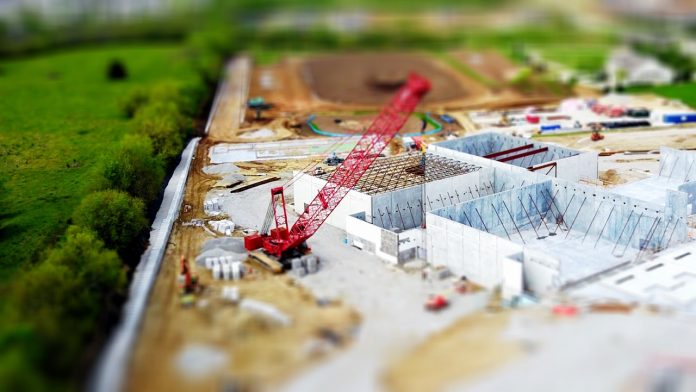The estimation of the project is challenging. Why? For what? Because the only way you know exactly how long it takes for a project to finish is when it’s completed. Teams use informed guesswork to predict the future before delivery point. And the larger and more complicated a project is, the more hazy that the future will be.
Faulty projections mean missed deadlines and budget breaks — two of the significant signs of failure in the project.
Regardless of what sort of construction project you are working on, if you want it to be a success, you must have accurate cost estimates from https://paramountestimating.com/
Estimating helps ensure the project meets its goals on schedule and within the budget, with precise deadlines and budgets. While there are several unknown variables during a project, you can estimate the resources and costs you need.
Now, the question arises what are the different methods of estimation? Being a professional estimator is a vital part of setting schedules, budgeting, resource management, and running a functioning team and company. It’s a big help to use the best online project management tools for the job, but understanding the methods and learning how to do them well is how to become a great estimator.
What are the different methods of estimation?
There are a variety of methodologies of estimation to choose from — and where we’ll look at five tried-and-trusted ones that work with all forms of projects.
Analogous Estimation
Analogous estimation, also called top-down evaluation looks at past project data to build estimates for new projects. Reliance on an index of older and related projects is the foundation of this methodology.
The top-down approach lacks detailed analysis, which makes it better suited to determine its feasibility for a quick first pass at a prospective project.
Expert Judgment
Expert judgment method is possibly the most popular way by which people get an estimate of a project. Speak to the expert with the best practical knowledge and understand the criteria of the project. Only make sure that everyone is fully informed of what needs to be done. And seek to identify experts who are going to work on the project.
To construct and change the cost estimate, the expert must compare a previous project with the current project. This method can not provide an exact number, and it is more commonly used to determine whether or not a project is feasible.
Bottom-up Estimating
This approach uses a comprehensive framework of work breakdown, which is suitable for tasks to which you are dedicated. Each function is individually calculated, and those estimates are then rolled together to give the higher-level numbers.
This method will allow you to think about what’s needed and take a step back and see if the big picture still makes sense. You can get more reliable results than the top-down approach, but it’s also more time investment.
This strategy is focused on calculating the total cost of completing each task and adding all of them together to determine the total cost.
Empirical Costing Methods
Empirical cost estimation often referred to as “Detailed Estimating” or “Engineered Based Cost Estimating” includes a step-by-step compilation of the estimate based on the estimator’s expertise, abilities, education, level of experience and personality
Empirical estimates of the cost may be the right choice for similar projects. In this method, to calculate a cost estimate, data are drawn from previous projects. Because of automation, this approach has proved to be timely and effective.
Parametric Model Estimating
In parametric estimation, teams divide a project into work units and then calculate each unit’s cost. The cumulative value/cost of the project can be determined by multiplying the number of units by the cost per unit. This technique can be beneficial if you can measure the correct cost per unit. This approach is ideally adapted for projects requiring repetitive activities.
It is a more quantitative approach where predictions are auto-calculated using detailed data from previous activities. Let’s say you have the data from the last three installation projects in your office network. You may use this to gain value for days per workstation, or anything similar. Then you put in the number of workstations for your new installation, and the projections pop out.
Verdict
Although there are several different cost estimation techniques in response to what are the different methods of estimation? There are various methods to choose from, their accuracy, integrity, precision, and reliability make the best cost estimates useful. You will be on your way to a better estimate in no time, with a clear understanding and knowledge of the cost estimation process.

